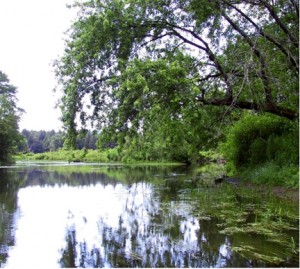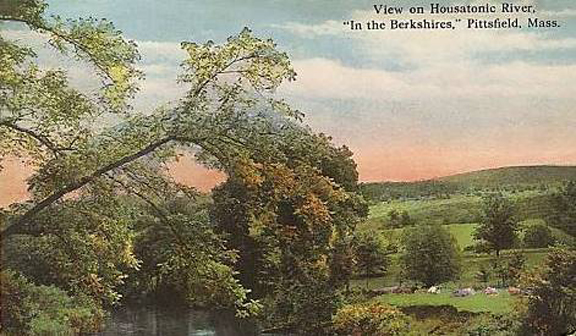July 14, 2011
Mickey Friedman
The Environmental Protection Agency (EPA) today signaled its intention to proceed as scheduled with its plans to present cleanup options for the Housatonic River to EPA’s National Remedy Review Board (NRRB).
The EPA had recently received letters from General Electric (GE), Rep. John Olver, Senator Scott Brown, and the Commonwealth of Massachusetts asking for a delay to allow the Commonwealth and GE more time to provide input.
In joint letters to Richard K. Sullivan, Secretary of the Massachusetts Executive Office of Energy and Environmental Affairs, to GE, Rep. Olver, and Sen. Brown, Mathy Stanislaus, Assistant Administrator, Office of Solid Waste and Emergency Response at EPA and Curt Spalding, EPA Region One Administrator, reaffirmed EPA’s “working relationship with the Commonwealth of Massachusetts” and their belief that the Commonwealth is “a critical partner in our efforts to protect human health and the environment and our shared goal of selecting the best remedy for the river.”
The EPA officials also assured the Commonwealth that the forthcoming meetings with the NRRB were designed “to help EPA senior management better understand the cleanup options” but would not result in a “final remedy decision.”
Stanislaus and Spalding informed Mr. Sullivan and Congressman Olver that they hoped to meet with DEP Commissioner Ken Kimmell before July 27, 2011. They stated their belief that subsequent discussions with “the Commonwealth will be more productive if, as a result of review by the NRRB, EPA senior management has the benefit of the experiences and perspectives from other regions and headquarters. Accordingly, we will continue our present course with the NRRB process.”
The EPA reminded the Commonwealth that as a co-regulator of the Housatonic River site, MassDEP was entitled to address the NRRB with its cleanup perspectives for 10 to 15 minutes and informed Mr. Sullivan that they were extending the period for the Commonwealth’s comments to the NRRB until July 27, 2011.
The Commonwealth in its June 23, 2011 letter to EPA Administrator Lisa Jackson sharply rebuked EPA Region One officials for its decision to present cleanup options to the NRRB at this time. Calling that decision “a rush to judgment,” Richard K. Sullivan, Jr. claimed that the remedy they were about to present “was selected in isolation” and “appears to violate the spirit, if not the letter of the Consent Decree.”
The Commonwealth accused the EPA of supporting a remedy that “would involve a highly invasive cleanup requiring widespread tree-cutting, dredging, and construction of numerous staging areas and roads in sensitive areas. Moreover, the “stabilization” of the river itself represents the loss of a unique natural resource.”
The EPA’s very measured response promised to “continue dialogue” at both the state and local level. The letter concluded by acknowledging the Commonwealth’s dispute: “We understand that there are several deeply-held convictions regarding the appropriate course of action for this important resource and EPA is working diligently to ensure that it makes the best cleanup decision based on the consent decree and permit criteria while relying on sound science and ensuring a transparent process.”
In words that will reassure river advocates worried that the Commonwealth might delay a process that has already taken thirty years – a process, by the way that has included countless public hearings hosted by both the state and federal environmental agencies – the EPA wrote: “Subsequent to the NRRB advisory step, EPA will determine its proposed remedy and formally engage in the public comment process as set forth in the consent decree.”


